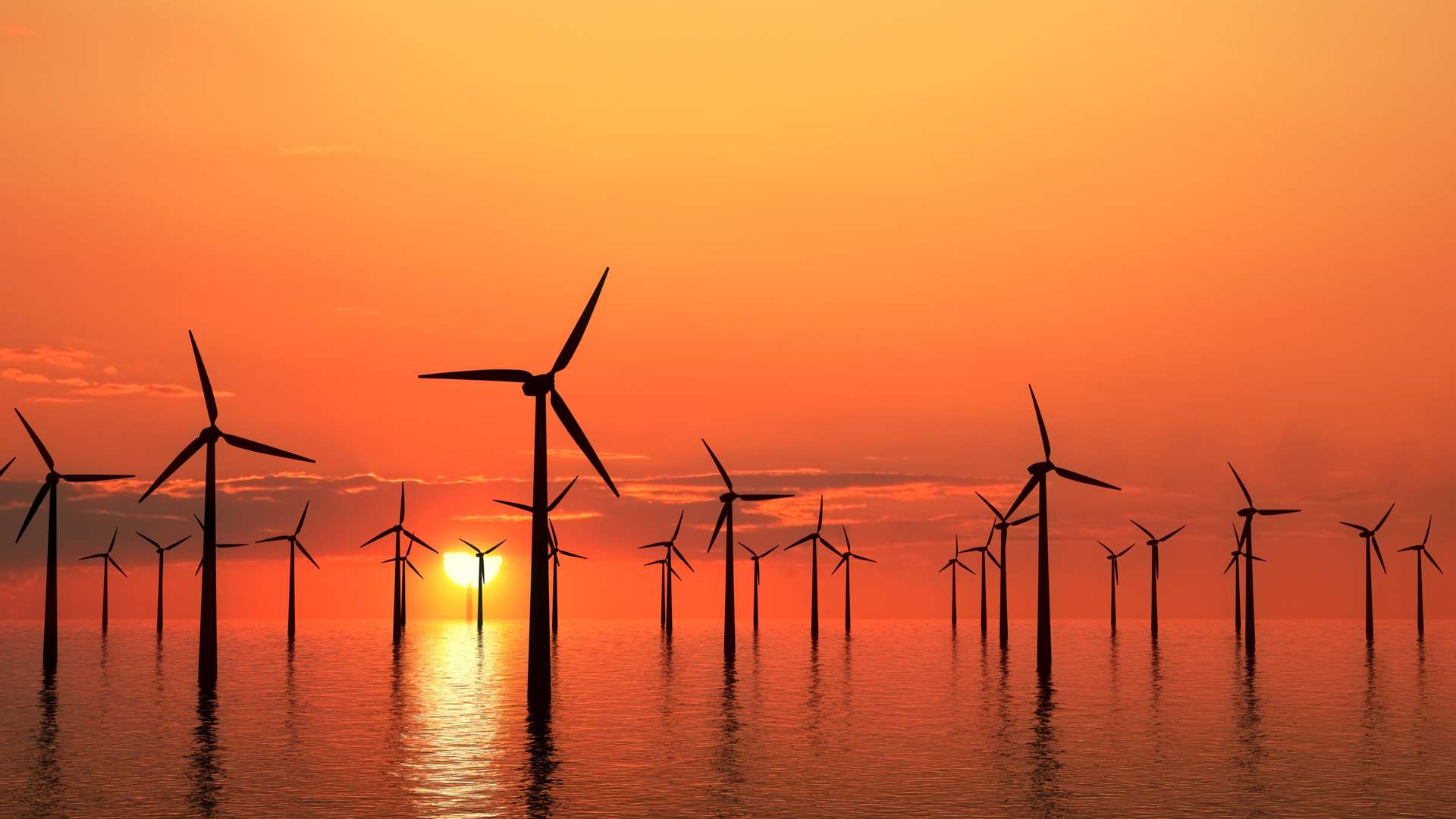A next-generation cross-sector circular economy for the UK’s offshore wind industry
Graeme Cruickshank, Chief Technology and Innovation Officer discuss the opportunities a cross-sector circular economy could bring to the UK.

Chief Technology and Innovation Officer

We can no longer turn a blind eye to the carbon-fuelled mess we leave behind in the renewable wind energy sector, which future generations must clean up after us.
New UK laws to reduce greenhouse gas emissions to net zero by 2050 are necessary to prevent further irreversible loss of natural habitats, resources, and many other devastating consequences. Alongside this legislation, developing and supporting bright ideas to reduce the environmental impacts of this industry will be crucial.
Today, composites already support the drive to a carbon-neutral future through:
• Light-weighting to reduce emissions.
• Manufacturing higher performance products, such as larger wind turbine blades to generate more renewable energy.
• Increasing the lifespan of products by decades, through corrosion resistance and durability.
But there is still more that we need to do. Currently, there are a limited number of options to reuse and recycle composites and they often degrade the performance of the material. As a result, only 15% of the 110,000 tonnes of composites produced in the UK each year will be reused or recycled at end-of-life. Additionally, more than 95% of composites are made from raw materials and resins that are unsustainable.
I am excited that CPI and the National Composites Centre formed the Sustainable Composites partnership to harness the UK’s world-leading composites research and technology development capabilities in industry, academia and government. This initiative aims to accelerate the development of next-generation composite recycling technologies while exploring bio-based materials from vegetable waste, corn and algae to produce more sustainable alternatives.
Involvement in the Sustainable Composites partnership is a natural advancement for CPI, as sustainability already plays a crucial role in our Technology and Innovation culture. Not only do we provide promising businesses with state-of-art technical advice and facilities to bring innovative products to the market, but we also help them reduce their environmental impact at every step of their journey – from R&D to commercialisation.

Why composites?
Composites are remarkable materials used in a variety of industrial sectors due to their lightweight and durable properties. For example, glass fibre-reinforced polymers (GFRP) are a type of composite in the blades of wind turbines used to generate electricity. Compared to conventional materials, such as metal, GFRP enables more fuel efficiency and an initially lower carbon footprint.
Unfortunately, composites typically consist of a blend of unsustainable raw materials derived from oil, and 85% of composites are currently not reused or recycled at the end of their life. In the UK alone, around 75,000 tonnes of end-of-life GFRP waste is generated every year, which is likely to continue as wind farms become more prevalent. The waste produced from such composites accumulating in landfills and surrounding environments could potentially counteract the environmentally-conscious intentions that surrounded their initial use.
Although renewable wind energy for electricity is a viable solution to help the UK reach net zero by 2050, we also need to think about preventing the composite blades in the offshore industry from simply being disposed of and going to waste.

A zero-waste solution
Minimising end-of-life composite waste requires a strong understanding of a component’s value long after its operational lifetime. This insight can allow us to produce composites that are more repairable and recyclable – rather than replaceable — and help us establish a circular economy. This approach aims to minimise resource input while preventing waste in a production-consumption system.
One man’s trash is another man’s treasure, and the waste products from one sector could serve as feedstock to create a new product in another. For the wind turbine blades market, there may be potential for a cross-sector circular economy as a streamlined system with reuse, return, and recycling schemes for composites in the aerospace, construction and automotive sectors. In this respect, the UK’s offshore wind industry has the opportunity to pave the way for a cross-sector circular economy with the essential novel technologies developed through Sustainable Composites. Constant flow of refurbished, reused or recycled wind turbine materials in the UK could become the material for next-generation components while reducing the cost and need for imported materials.
Not only could this cross-sector circular economy be the best approach to minimise end of life composites waste, but it could also be profitable. Widespread adoption of a circular system could reduce global carbon emissions by 63% by 2050 and tap into a £2bn global market for end-of-life recycling. Another benefit of a circular economy is the business opportunities, which will grow as new markets and supply chains efficiently repair, reuse and reclaim these components. In the offshore wind industry, this would create 20,000 more job opportunities by 2032.
There are challenges yet to overcome before reaping the many benefits of a circular economy. Novel strategies and technologies must be de-risked, optimised and solidified across many aspects of society. However, through the collaborative work with Sustainable Composites stakeholders well-positioned in industry, academia and government, we can accelerate the R&D for a greener waste management system, which is efficient and profitable for the UK.
Graeme discusses this further and his vision for a circular economy for the wind industry in the Offshore Renewable Energy Catapult’s Re-Energise podcast.
Enjoyed this article? Keep reading more expert insights...
CPI ensures that great inventions gets the best opportunity to become a successfully marketed product or process. We provide industry-relevant expertise and assets, supporting proof of concept and scale up services for the development of your innovative products and processes.